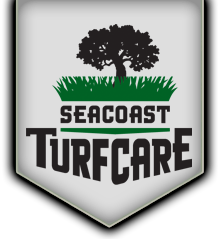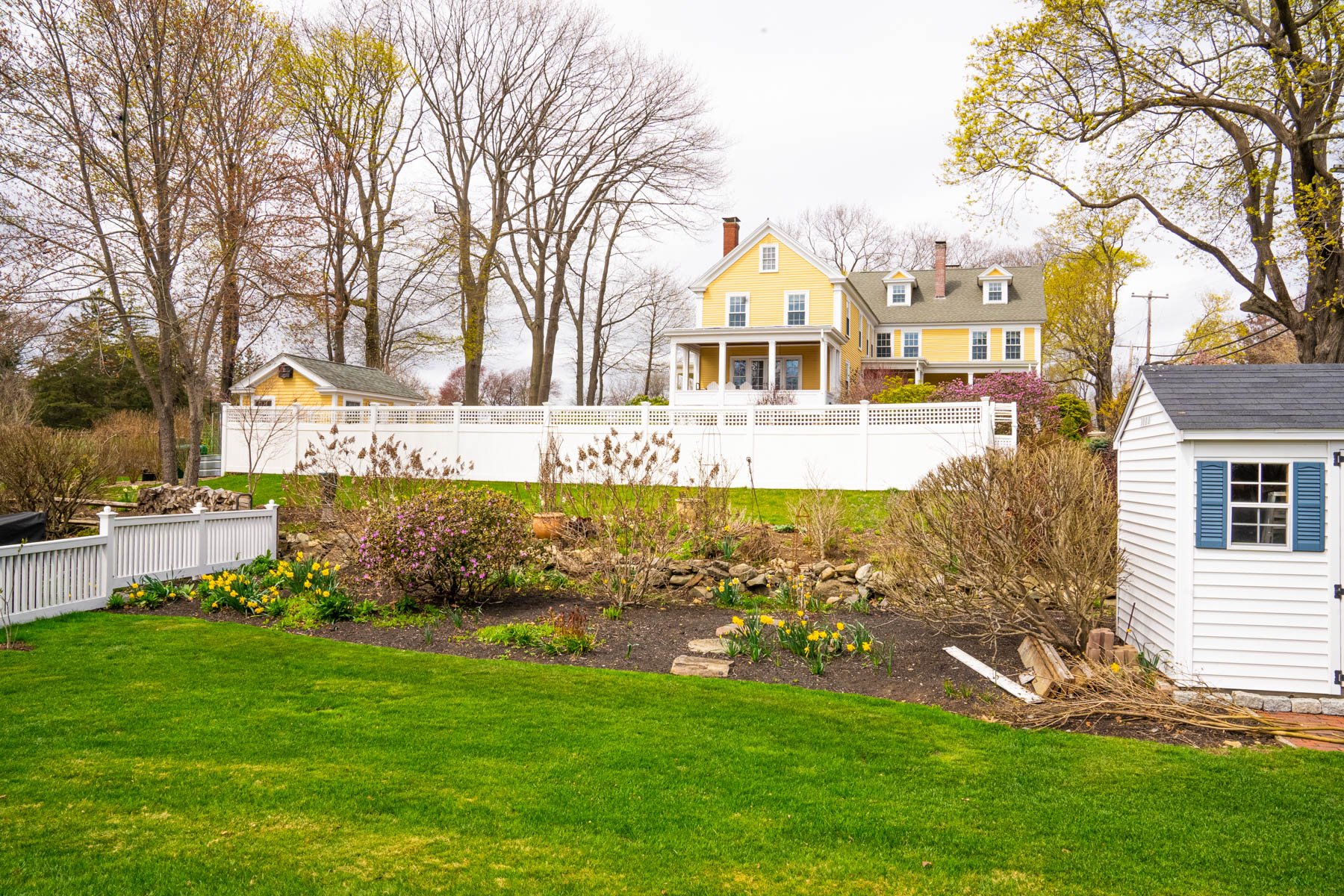
Controlling Crabgrass in New England Lawns: Advice From The Experts
When it comes to annoying weeds, crabgrass tops the list. Crabgrass is a highly invasive weed that spreads quickly. If given the opportunity, crabgrass can take over a lawn.
This is one of the reasons why many homeowners would say that crabgrass is one of their top lawn problems. It’s also why, how to get rid of crabgrass in New England, is such a hot topic.
Crabgrass spreads so easily because it does not require much to grow and thrive. It can even pop up in between sidewalk cracks, in areas around hardscaping, and in the tiniest bare spots on the lawn.
As crabgrass spreads, it will start to crowd out your healthy turf.
For that reason, you probably want to know what you can do to control crabgrass. In fact, if given the choice, you’d likely rather prevent crabgrass in the first place.
The good news is that this is exactly what we do! We’re in the business of preventing crabgrass from spoiling your lawn (and your fun). Let’s talk about how we do that.
What is Crabgrass?
Before we dive more into crabgrass control, we wanted to explain what crabgrass looks like. This is a grassy weed that tends to grow in unsightly clumps. Because it grows so fast, it will outgrow your healthy grass. That means you’re likely to see it sticking up from the lawn.
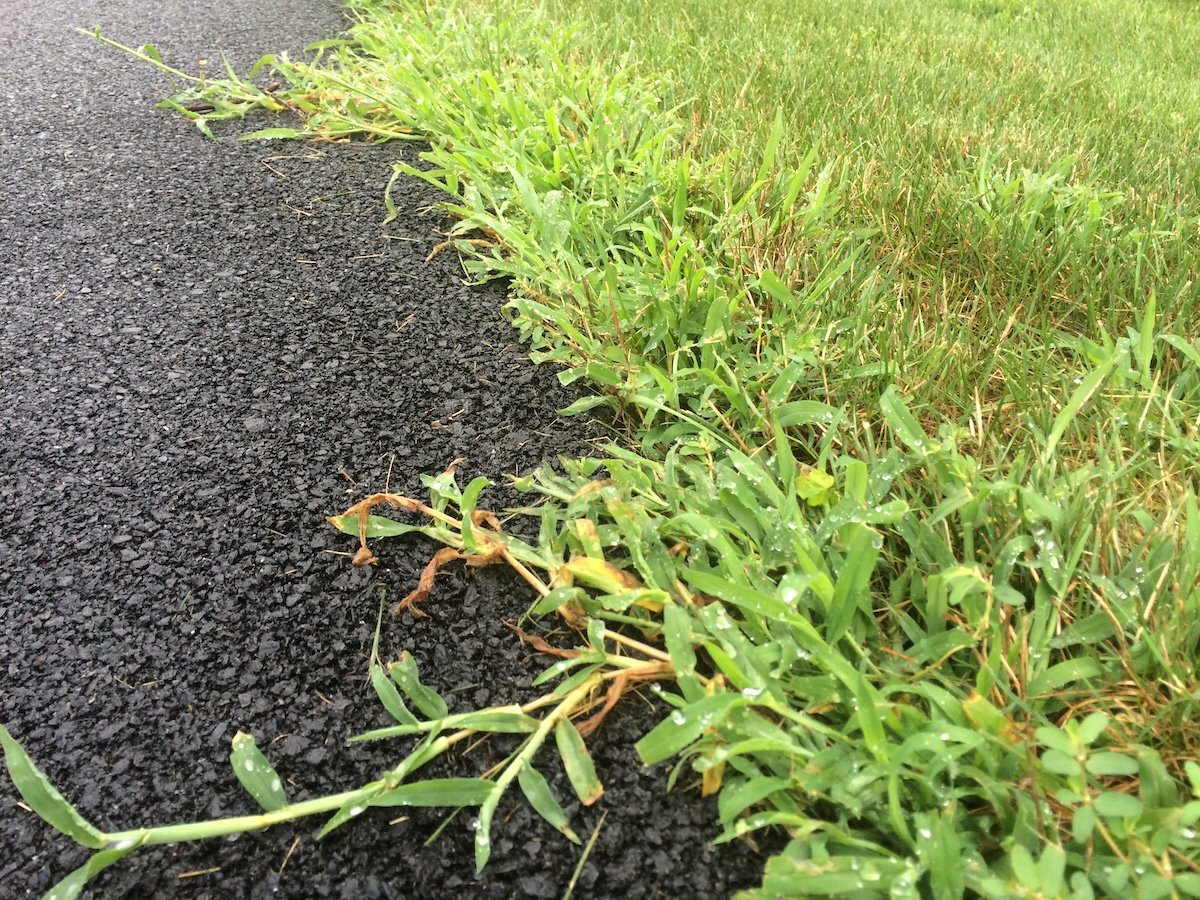
Crabgrass tends to pop up in thinned-out areas or spots where the turf is already struggling. But because it’s a prolific spreader, it can start to take over the lawn if not well-managed.
How to Prevent Crabgrass
The best approach to crabgrass control is a proactive one. Because this is such an aggressive weed that grows so quickly, it makes a lot more sense to prevent it from growing in the first place than giving it the chance to become a serious problem.
This is achieved with pre-emergent controls.
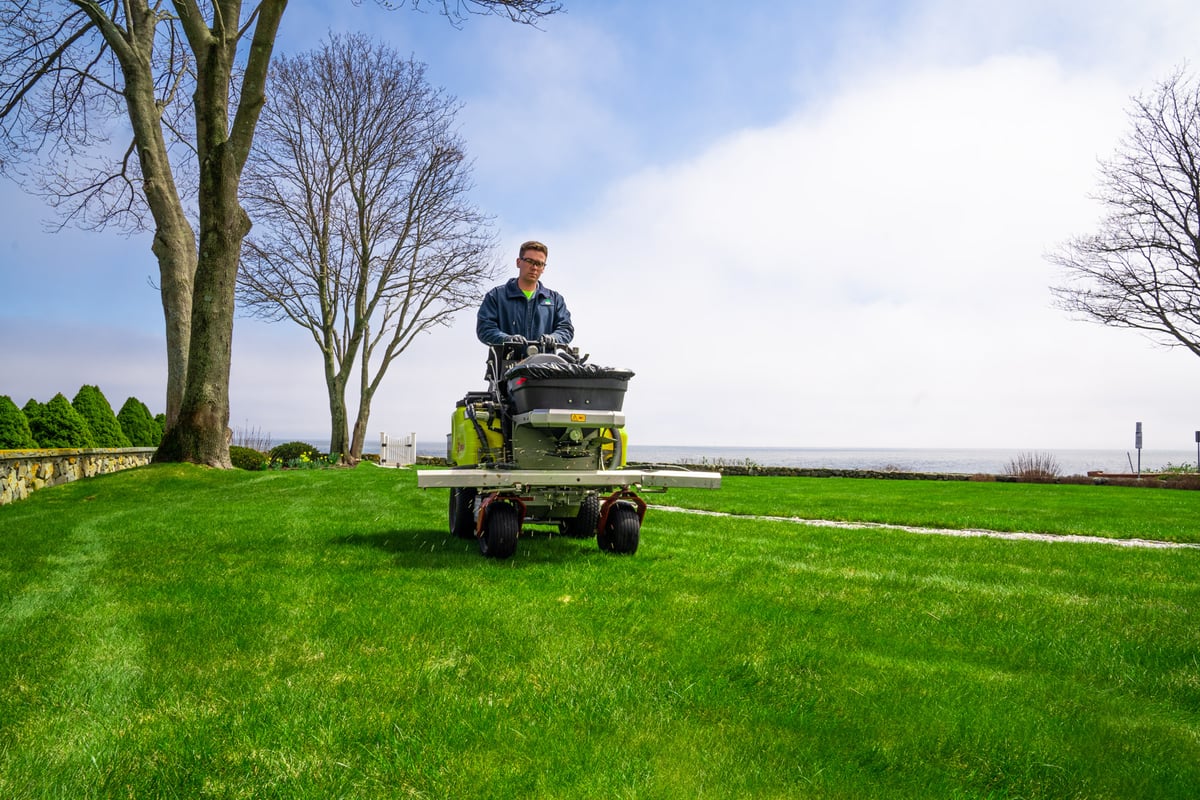
Pre-emergent weed control works by preventing crabgrass from germinating. These products create a barrier that stops germination from occurring.
Of course, these products MUST be applied properly in order to be effective. Most importantly, there is a limited window of time in which pre-emergent products will work. They must be applied prior to germination in order to be effective.
The best timing for pre-emergent application can differ slightly from year to year as it is largely dependent on soil temperatures (and when germination is going to occur). If you missed the window to apply crabgrass pre-emergents, then you’ll need to move on to crabgrass treatment products that kill existing crabgrass.
Pre-emergents are also not a fail-proof solution. While pre-emergent controls will take care of quite a bit of crabgrass, there is always going to be breakthrough growth. This is why post-emergent crabgrass control is still important as part of your weed control plan.
How to Kill Crabgrass
If you missed the window to apply preventer products or you are dealing with breakthrough growth, you’re going to need to use crabgrass treatment products on the existing crabgrass in your lawn.
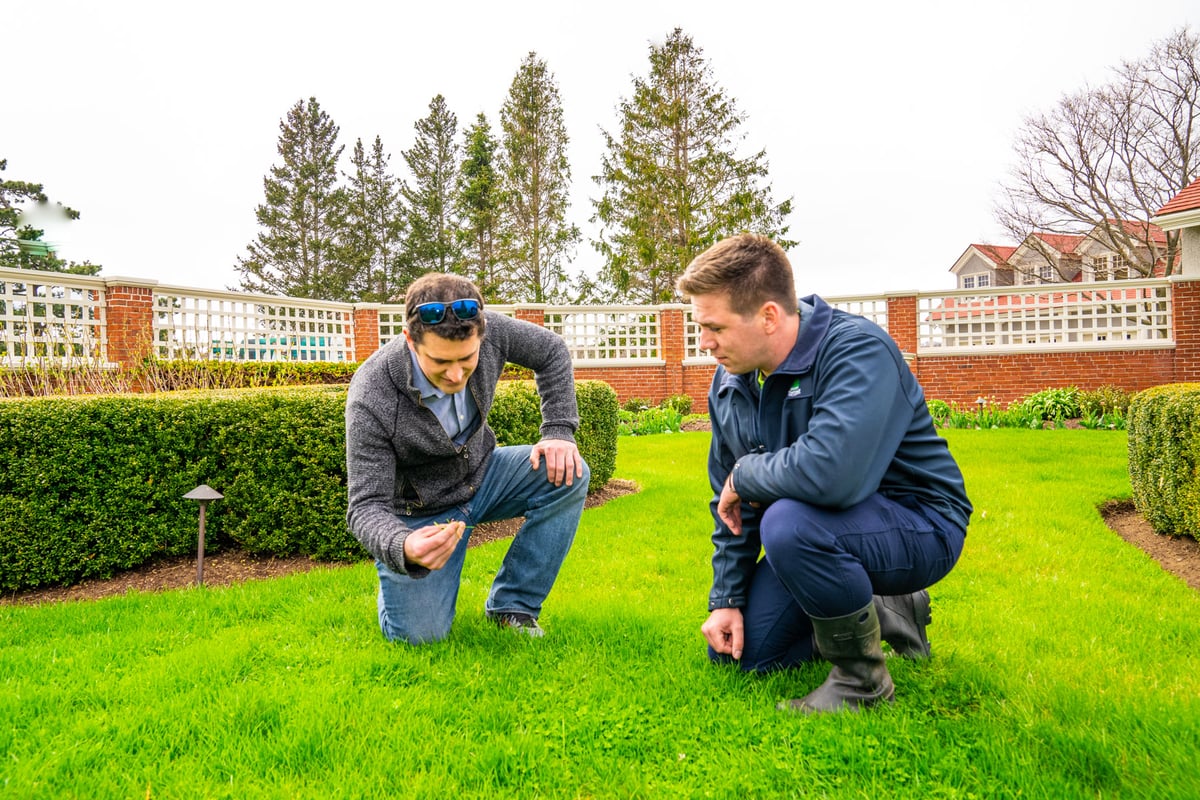
Post-emergent weed control works on weeds that have already come out of the ground and are actively growing. They travel down the stalk of the weed to its root system to kill the weed.
It can be more expensive to treat crabgrass after it germinated than to prevent it. If your lawn is completely overrun, you might want to talk to your lawn care professional about the best course of action.
Growing a Healthy Lawn that Crowds Out Crabgrass
One thing that’s not always talked about with crabgrass control is how good lawn care habits can play a role. This is an opportunistic weed that fills in bare spots when it has the chance. But if you make an effort to promote a thick and healthy lawn, it won’t give crabgrass a chance to creep in.
Some of the things that you can do to help keep crabgrass and other weeds out include:
- Avoid scalping the edges of your walkways or driveway when you trim. When you scalp these areas during trimming, you make it more difficult for grass to grow. This is a hot spot for crabgrass to creep in.
- Don’t mow the lawn too short. Just as you should avoid scalping, you also want to pay attention to your cut height. When you mow the lawn too short, you put a lot of added stress on it, which can weaken it. This makes it more prone to be invaded by crabgrass.
- Promote a thick, healthy turf with regular lawn care. You also want to make sure you’re investing in ongoing lawn care, including lawn fertilization. When your grass grows thick and healthy, it is more difficult for weeds to invade. That’s not saying they never will. As we’ve said before, weeds are opportunistic and aggressive. That’s why you also need a good weed control program, to make sure you’re fully covered.
Lawn Services in Southern NH, ME, and MA to Help with Crabgrass Control
When you partner with a lawn care professional, you’re not on your own to fight crabgrass (and other lawn problems). You’ll have a pro taking over that battle for you.
At Seacoast Turf Care, we have a robust arsenal of products to help fight against invasive weeds. At the end of the day, crabgrass is just one of many weeds that you are going to be dealing with. We want to help set you up for the most possible success.
We understand that crabgrass can be really frustrating. But we’re here to help! We’ll help you grow a healthier lawn that will start to choke out weeds like crabgrass on its own. And we’ll take a preventative approach that keeps this weed from repeatedly coming back.
Soon, you’ll be able to let go of your weedy worries and simply get back to enjoying your lawn!
Ready to be where the grass is greener, healthier, and free from weeds? Get lawn care pricing for your Southern NH, ME, or MA lawn.
